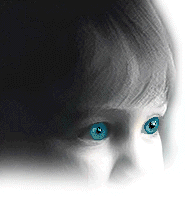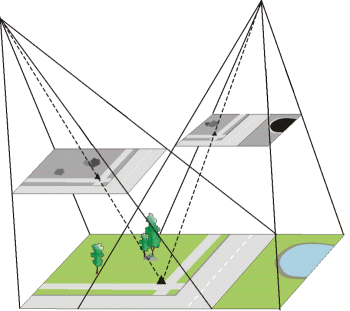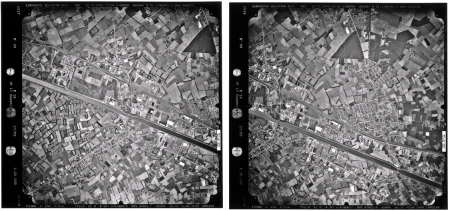2. Some Basic Principles
Stereovision
Have you ever wondered how it is possible that man can see depth? And why a rabbit can't?
The location of both eyes is of great importance to understand this marvelous phenomenon.While the two eyes of a rabbit are at each side of the skull, our eyes are located side-by-side on our face. This brings on an overlap between the image seen by the right eye and the one seen by the left eye. This overlap makes stereo vision - the capability to perceive depth - possible.

Source: Canada Centre for Remote Sensing
What is stereovision?
Try to close one eye, and then the other. Each eye perceives a view that differs slightly from the other. This small difference is called the parallax. When both images are transmitted to the back of the brain, this parallax makes it possible to unite them into one, three-dimensional image.
To figure out how you can calculate depths and heights out of a parallax, click here.
What is needed to make stereovision possible?
The most evident instruments are of course our two eyes that will put together two images in one three-dimensional image. To see in stereovision, we also need a pair of images that will be united to form a 3-D image. An image is needed for the left eye and another is to be seen by the right eye only. These two images are called a stereopair. They have to be taken by a sensor onboard an airplane or a satellite and to include an overlap to make stereovision possible.

Source: PCI Geomatics

Source: Ghent University
Find out more about stereopairs!
